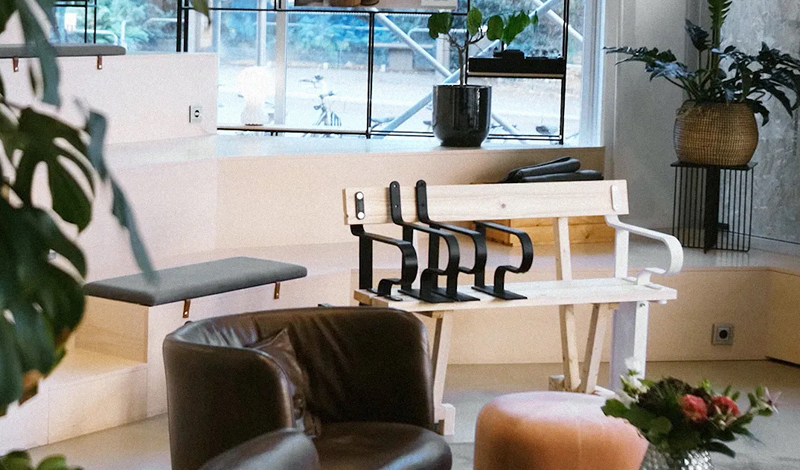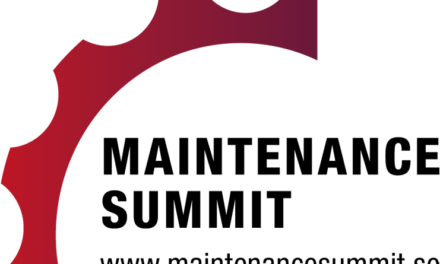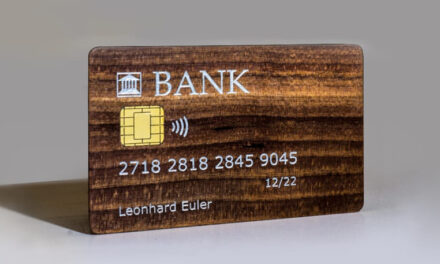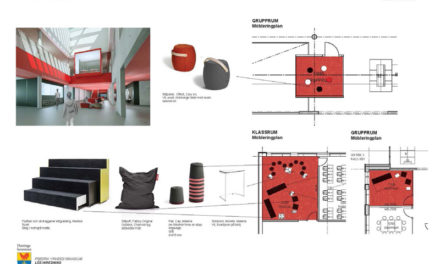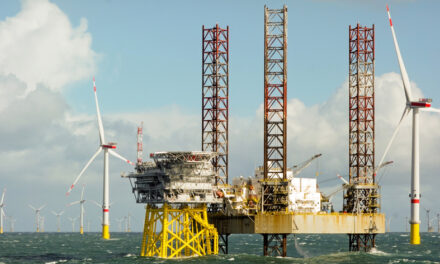At the design studio of Krook & Tjäder in Gothenburg, the 3D-printers are running continuously, printing design mockups, prototypes, and small-scale models.
Joel Karlsson, CEO of Krook & Tjäder Design Gothenburg, explains:
– In the past, we used cardboard to create mockups. Now we use 3D-printing instead. It is a natural part of the sculptural process of designing objects. I need that tool to work as a designer.
3D-printed full-size furniture
Joel is currently working on the design for a seating module for Stockholm’s new bus stop called Night & Day. To investigate the function, design, and seating comfort, he prints parts in full scale. With this, the 3D-printed parts become a life-size sketch.
For this project, Joel needed two Creality CR-10-S5 printers. He says:
– I need those printers to be able to do projects in full scale. For me, it’s not super important to have printers that are extremely fast or are able to produce excellent finishes. The CR-10-S5 is a great workhorse that produces nice looking prints.
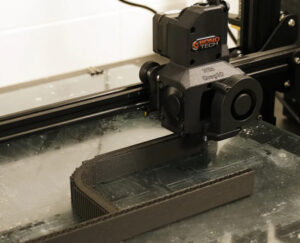
These printers handle sizes of 500x500x500mm and are upgraded with a direct drive extruder from Bondtech to minimize under-extrusion issues or other extruder problems.
Textured filament improves quality
The most common filament used is biobased PLA because of its excellent printing capabilities and non-toxic fumes.
A majority of the parts for the Night & Day mockup are printed in add:north’s Textura™ filament, which is a biobased PLA with plant fibers, providing a unique matte surface finish akin to paper or plaster. Parts printed in Textura™ filament have barely any visible layer lines, thus achieving a high visual quality.
TPU accelerated the design process
Joel also used 3D-printing in the design process of a lamp shade fixture. He remarks:
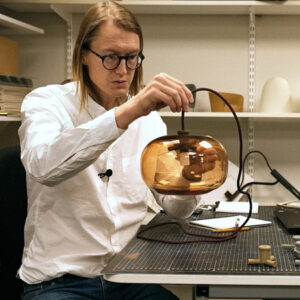
By using 3D-printing, I basically invented a method of constructing a collapsible lamp shade fixture made of flexible material. It’s such a good example of why 3D-printing is so great.
The cost of making these models is almost nothing compared to making them in the old-fashioned way when you needed casting moulds. Imagine what we will be able to do in the future when we can already produce these things with the help of such simple machines.
FAQ – Textura™ filament
What is add:north’s Textura™ filament?
add:north’s Textura™ is a unique matte bio-based PLA with plant fibers, providing stunning matte textured 3D-prints with barely visible layer lines.
Is Textura™ an abrasive filament, do I need a hardened steel nozzle to print with it?
Textura™ is not an abrasive filament and you can use a regular brass nozzle.
Do I need a bigger nozzle to print with Textura™ filament?
No, Textura™ prints fine using a standard 0.4mm nozzle. (It cannot be printed with a finer size nozzle though because of the fibers.)
Textura™ filament clogged my nozzle, why?
Due to the fibers, Textura™ is very hygroscopic, meaning that it absorbs moisture. The moisture causes the filament to swell, increasing its diameter and potentially causing a jam in the nozzle or heatbreak.
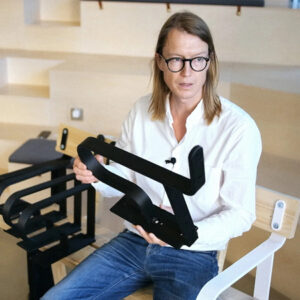 To prevent this problem, keep the filament dry and always store it in the resealable bag along with the desiccant. For long print jobs, use a filament dryer and if you suspect that the filament is moist, dry it for 5-6 hours and try again.
To prevent this problem, keep the filament dry and always store it in the resealable bag along with the desiccant. For long print jobs, use a filament dryer and if you suspect that the filament is moist, dry it for 5-6 hours and try again.
My model 3D-printed with Textura™ filament is very stringy, why?
Textura™ is very hygroscopic and moist filament causes a lot more stringing. Dry the filament for 5-6 hours and re-print the model.
Is Textura™ filament hard to print with?
No, it isn’t hard to print with as long as the filament is dry, then it prints just like regular PLA.
What is Textura™ filament used for?
Textura™ filament is suited for highly decorative, non-functional models or prototypes; in short, anything that needs to look good but not be played with too hard.

